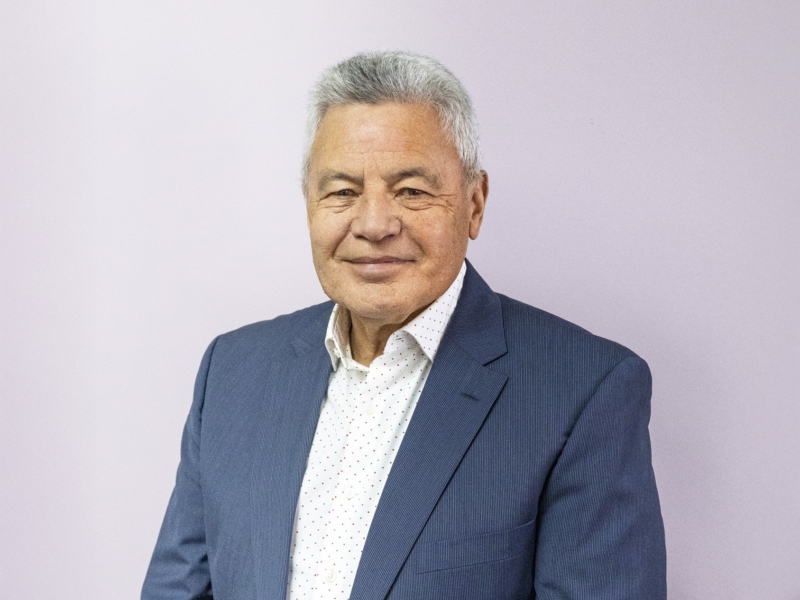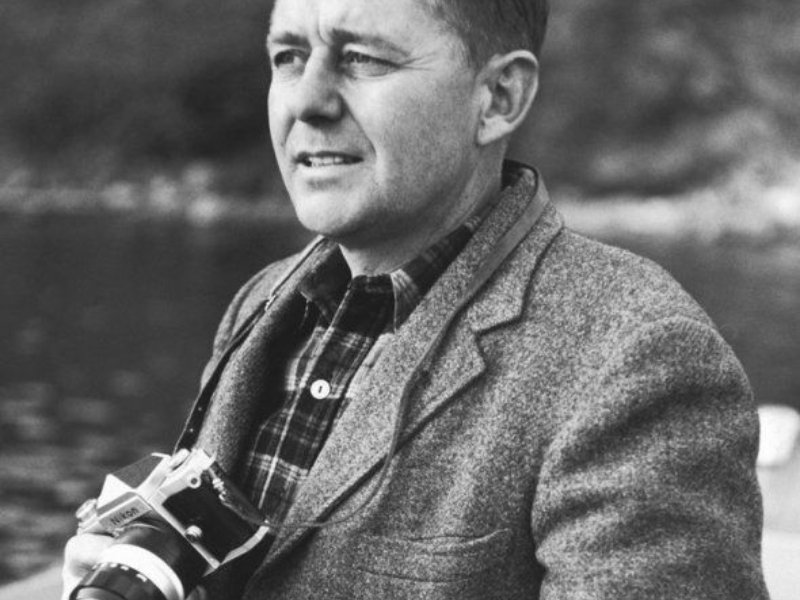Tell us about yourself. Where are you originally from?
Although I was born in Brisbane, I have always considered myself a New Zealander. My mother, originally from Hawke's Bay, crossed the ditch for work. My father was an Australian Army Second World War anti-aircraft artillery veteran who served in the Battle of El Alamein in Egypt and later in New Guinea.
When I was less than one year old my parents separated and my mother, pregnant, brought me back to New Zealand. We settled in Auckland. I joined the Army from there as a cadet at age 17, spending my first year in Waiouru.
Tell us about your career.
After Waiouru I became an infantryman. My 49-year military career in the Regular Force infantry includes the first five years as a soldier and a further 44 as a commissioned officer. I am now in the Army Reserve.
During my service in the Regular Force, I was lucky enough to spend a total of six years in Singapore across three two-year postings, two years each in Australia, the USA and finally as the New Zealand Defence Attaché to the Republic of Turkey.
In addition to these postings, I was deployed to Angola with the United Nations, to East Timor twice, and most recently to Iraq and Kuwait.
A favourite Manawatū memory is the New Zealand Battalion 4 farewell parade for East Timor held in the Palmerston North Square in May 2001. It was a great send-off and confirmation of the region’s support for the armed forces, which I believe is still the case today.
How long did you live in Palmerston North?
I had not been to Linton before 1996. We maintained our family home in the Manawatū almost continuously from 1996 apart from two years in Wellington and two in the USA, until we relocated to Napier in 2022. I commuted on a weekly basis between Palmerston North and either Trentham or Wellington CBD.
From 1999 we lived in Hokowhitu rather than on base. I like the military association with the name Hokowhitu. It came about when the name Te Hokowhitu a Tū was bestowed to the New Zealand Māori Contingent and New Zealand Māori (Pioneer) Battalion in World War One. Tū is an abbreviation for Tūmatauenga, the God of War. The English translation being “one hundred and forty warriors” of Te Hokowhitu a Tū – the 140 warriors of the god of war, Tū-mata-uenga, and its link to the New Zealand Army, Ngati Tūmatauenga.
Where did you train?
As a military historian? I consider myself an accidental historian in that I never set out to be one, but I evolved that way in the course of my career.
As a young man I was interested in military history but never really looked at it critically for what could be learned. That changed when the family and I got to Linton in 1996 following a year at the Australian Army staff college. Professor Glyn Harper talked me into completing a Master of Philosophy extramurally. I had never attended university but the military courses I had completed and the written assignments I had undertaken in Australia in 1995 all counted so I was able to enter directly into the Masters programme.
Having completed a range of military papers and got halfway through my degree I was posted to Washington DC. Rather than drop out, Professor Harper encouraged me to complete it by thesis, which I did. That led to a six-year extramural PhD through Massey University’s Centre for Defence and Security Studies, across three different roles and my second Timor deployment.
What do you do for fun?
My last four years’ Regular service qualifies as fun. In that time my main job was to take small groups of NZDF personnel on study tours of New Zealand Wars battle sites the length and breadth of the North Island.
Rather than a history lesson though (and I’m still learning) the tours were designed to introduce our personnel to New Zealand’s own military history, but more in an applied sense, for them to learn about contemporary warfare and how the tactics, leadership, decision making, use of terrain, logistics etc. of 150 years ago are still applicable today.
What is something that most people don’t know about you?
One experience, unique for a New Zealander I imagine, is that I was bitten by a venomous snake, a Wagler’s Pit Viper. I was a Lieutenant platoon commander, patrolling in the Malaysian jungle on my second tour with the 1st Battalion.
From deep jungle, I and the by now dead snake kept with me for identification purposes, were medevacked by an RNZAF 3 Squadron Huey helicopter to the Singapore General Hospital where I was kept under close observation for a few days.
What Palmerstonian, living or dead, do you most admire?
I am a huge admirer of Sir Geoffrey Peren, forever linked to Massey University and the Perendale sheep breed. I discovered he had soldiered, studied and farmed in three countries, in order, Canada, England and New Zealand. He enlisted in the Canadian artillery during the First World War, but served on the Western Front as an officer in the Royal Artillery where he was awarded the Croix de Guerre.
In New Zealand he served in the Territorials prior to commanding the Manawatū Mounted Rifles a.k.a. Peren’s Light Horse. When war broke out, he joined the Home Guard, commanding the 2nd Infantry Brigade in Palmerston North. He was instrumental in permitting the Army to run a staff college within Massey’s campus. Some 500 officers (including Peren himself) passed through short courses conducted there against the possibility of an invasion by Japan.
When he finally retired from Massey, he was appointed the Central Districts head of Civil Defence where he initiated a lot of practical training and developed procedures that other regions emulated.
Any projects in the pipeline?
I consider myself semi-retired. I continue with periodic military history speaking slots at the Palmerston North City Library and elsewhere, although I will be reducing the number I give in 2026. I am working on a paper to deliver at a military history conference in Wellington next year. I remain on standby to assist with NZDF New Zealand Wars battlefield tours.






